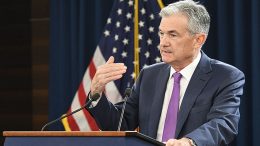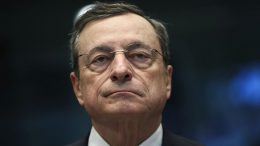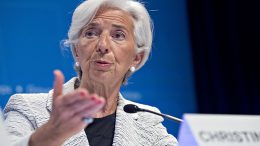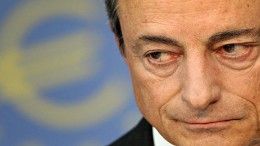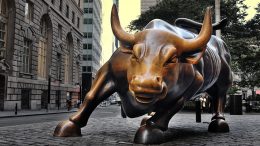European Banks Strategy: The monetary policy cacophony
BOfAML | It is difficult for forward guidance to be credible when the institution is discussing whether any of its tools or targets are likely to be around in a few months. Embarking on a wide ranging discussion about monetary policy targets, communication and tools, with 25 relevant ECB board members, guarantees a cacophony. Volatility lies ahead for sure, we think.





